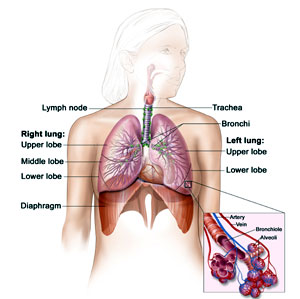 |
Nonspecific upper respiratory tract infections (URIs) are very common, and in Nepal they rival diarrhoea (or gastroenteritis as it is pompously known) as the most important cause for a visit to the doctor. By definition URIs are characterised by no prominent features and the symptoms include cough, sore throat, and nasal congestion. Majority of these nonspecific URIs are caused by viruses like rhinovirus (most common) and influenza viruses. There are no vaccines against rhinovirus, but annual vaccination against influenza A and B viruses are available.
Influenza vaccines are the most effective method of preventing influenza and its complications like pneumonia and meningitis. The effectiveness of the seasonal vaccine in preventing influenza depends on the match between the vaccine and the circulating strain of the virus for that year. All influenza vaccines contain two influenza A strains and one influenza B strain, selected annually based on data from institutions like the CDC (Centres for Disease Control). Clearly, vaccine effectiveness is highest when the match is close, but even when the match is poor vaccination has been shown to reduce the number of deaths from influenza. Furthermore vaccination of children and adolescents can protect unvaccinated residents of the same community, a phenomenon attributed to 'herd' immunity.
This winter (2011) the strains in the influenza vaccine are the same three strains as the 2010 winter formulation. The three are the California strain which include the H1N1 virus responsible for causing the 2009 influenza pandemic, the Perth, and the Brisbane strains. The American ACIP (Advisory Committee for Immunisation Practices) recommends annual influenza vaccine for everyone above six months, including pregnant women without specific contraindications. Vaccination of pregnant women not only protects them against influenza but also protects the newborn for the first six months of life. Adverse reactions are uncommon for injectable vaccines. The vaccination is available from October or� November and is usually given untill May although in Nepal, influenza may be present throughout the year.
In an ideal world everyone above 6 months is recommended this vaccine, but the vulnerable group that will benefit the most from jabs is the thousands of patients with chronic lung disease. The vaccine will decrease their disease exacerbation and hospital admissions. Unfortunately, the vast majority of these patients may not be able to afford the vaccine annually. To deal effectively with this and other burgeoning health problems in Nepal, a state health insurance scheme is mandatory.


